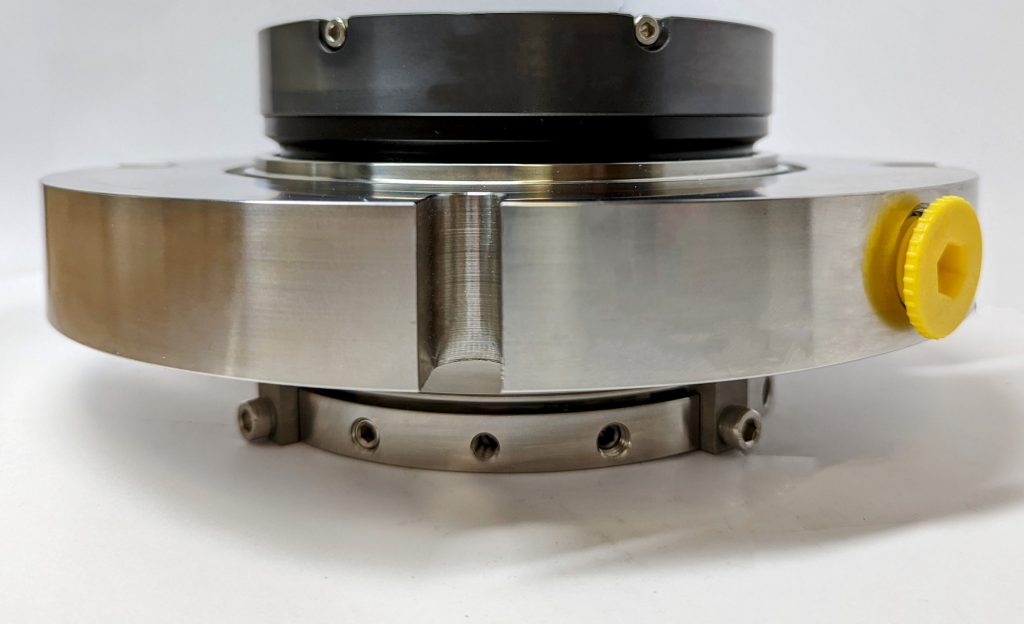PTFE, also known as polytetrafluoroethylene, is a synthetic fluoropolymer of tetrafluoroethylene. It is a versatile material with unique properties that make it suitable for a wide range of applications. However, there is often confusion about whether PTFE is a plastic or rubber material. In this article, we will explore the properties of PTFE and answer the question of whether it is plastic or rubber.
What is PTFE?
PTFE is a type of polymer that is made up of carbon and fluorine atoms. It is a thermoplastic material that is known for its high melting point, chemical resistance, and low coefficient of friction. PTFE is also non-reactive, non-toxic, and has excellent electrical insulation properties. Due to these unique properties, PTFE is used in a wide range of applications, including in the aerospace, automotive, medical, and food industries.
Is PTFE Plastic or Rubber?
PTFE is not considered a plastic or rubber material. While it is a type of polymer, it has unique properties that set it apart from other types of plastics and rubbers. PTFE is a thermoplastic material, which means that it can be melted and molded into different shapes. However, it does not have the same properties as other thermoplastics, such as polyethylene or polypropylene. PTFE is also not a rubber material, as it does not have the same elasticity or flexibility as rubber.
Properties of PTFE:
PTFE has several unique properties that make it a popular material for a wide range of applications. These properties include:
- Chemical resistance: PTFE is highly resistant to chemicals, including acids, bases, and solvents. This makes it suitable for use in harsh chemical environments.
- Low coefficient of friction: PTFE has a very low coefficient of friction, which means that it is very slippery. This property makes it suitable for use in applications where low friction is important, such as in bearings and seals.
- High melting point: PTFE has a high melting point of around 327°C, which makes it suitable for use in high-temperature applications.
- Non-reactive: PTFE is non-reactive, which means that it does not react with other materials. This property makes it suitable for use in applications where chemical compatibility is important.
Applications of PTFE:
PTFE is used in a wide range of applications due to its unique properties. Some common applications of PTFE include:
- Aerospace: PTFE is used in the aerospace industry for applications such as wire insulation, seals, and bearings.
- Automotive: PTFE is used in the automotive industry for applications such as gaskets, seals, and bearings.
- Medical: PTFE is used in the medical industry for applications such as catheters, surgical implants, and medical tubing.
- Food: PTFE is used in the food industry for applications such as non-stick coatings on cookware and food processing equipment.
Conclusion:
In conclusion, PTFE is not considered a plastic or rubber material. It is a unique thermoplastic polymer with properties that set it apart from other types of plastics and rubbers. PTFE is highly versatile and is used in a wide range of applications due to its unique properties, including chemical resistance, low coefficient of friction, high melting point, and non-reactivity. Understanding the properties and applications of PTFE is important for anyone working in industries where this material is commonly used.




+ There are no comments
Add yours